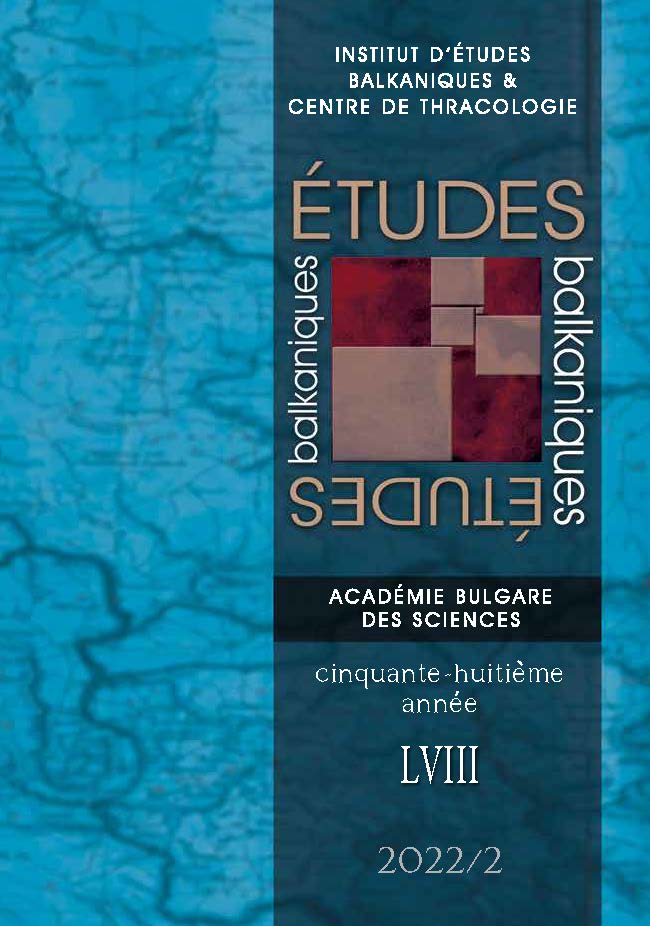“GREEK” MERCHANTS FROM LATE MEDIEVAL MOLDAVIA: A STUDY OF URBAN SOCIAL GEOGRAPHY APPLIED TO THE TOWN OF IAȘI
“GREEK” MERCHANTS FROM LATE MEDIEVAL MOLDAVIA: A STUDY OF URBAN SOCIAL GEOGRAPHY APPLIED TO THE TOWN OF IAȘI
Author(s): Laurențiu RădvanSubject(s): History, Social Sciences, Sociology, Economic history, Social history, Modern Age, Rural and urban sociology, 16th Century, 17th Century, 18th Century
Published by: Институт за балканистика с Център по тракология - Българска академия на науките
Keywords: merchants; plots; trade; Greeks; Moldavia; Iași;
Summary/Abstract: In this study I look into the behavioral pattern of the “Greek” merchants who came to Moldavia and settled in its capital, the town of Iași. The merchants were attracted by its geographical position: at the crossroad connecting centres in Transylvania or the Danube, ports of the Black Sea and towns of Poland. Because they dealt with regional trade for various merchandise, the merchants chose to invest in land, houses, stores and cellars located in the most relevant streets within the two commercial cores of the town, where they shared the space with many craftsmen, boyars but also monasteries. Whereas they represented an economic force and had money, some merchants made efforts to become boyars by purchasing villages and obtaining offices. Others chose to stay loyal to the urban world, and kept their properties across several generations and maintained their line of business. It was, thus, a very dynamic and ever-changing society, which allowed an easier transition from the structures specific to the late medieval world to the ones of modernity.
Journal: Études balkaniques
- Issue Year: 2022
- Issue No: 2
- Page Range: 191-223
- Page Count: 33
- Language: English
- Content File-PDF

